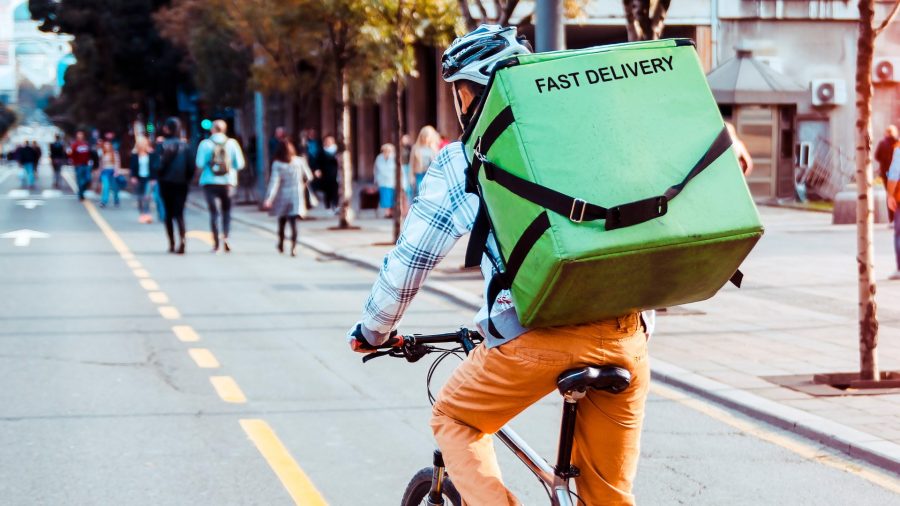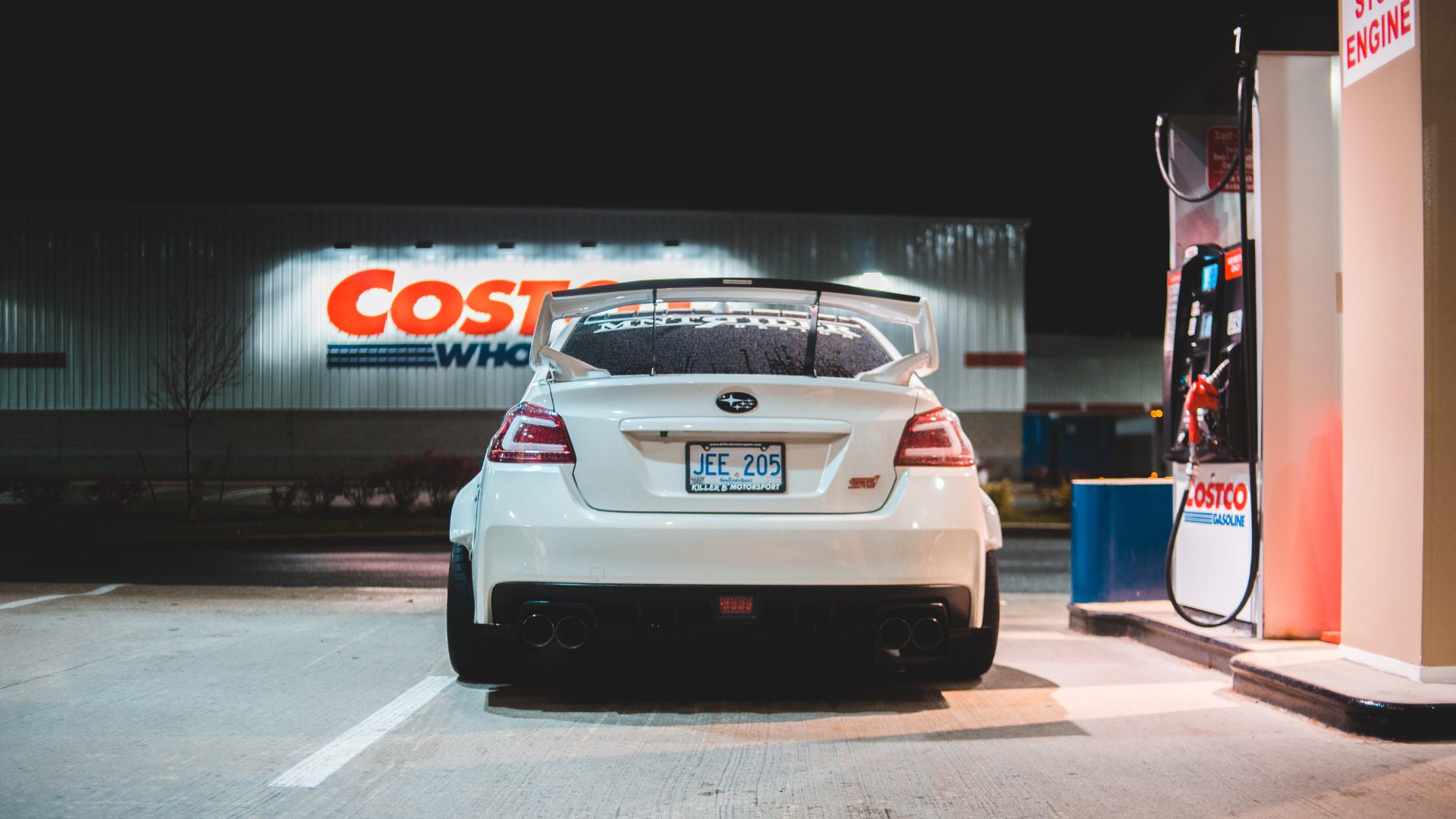In a recent Barclays conference call, a team of analysts discussed the success of gig delivery and how it could become a compelling offering for retailers.
Here’s a look at the key takeaways from the call:
DOORDASH LEADS THE WAY FOR RETAIL LAST MILE
Managing director and senior research analyst for the internet sector, Ross Sandler, pointed out that over the last six months, DoorDash has been at the forefront of signing major deals with brick-and-mortar retailers.
Sandler also specifically pointed out Petco. At the end of 2020, Petco and DoorDash partnered for same-day delivery handled by DoorDash’s white-label fulfillment platform DoorDash Drive, which gave it the ability to offer direct delivery. Petco CEO Ron Coughlin said the partnership revolutionized the brand’s e-commerce operation.
Sandler noted that the partnership got Petco back in the game as far as having an e-commerce strategy that leveraged store space. He also mentioned how Costco, in its various iterations of delivery with Instacart, has seen success from the model of consumers using the Costco app while Instacart is powering the delivery and much of the code that’s in the app.
“We think this is a trend that may not be super material right here today in 2021, but as we move forward a few years this could add up pretty quick based on the partnerships that [DoorDash] announced and based on how consumer habits have changed broadly over the course of the pandemic,” said Sandler.
“[Consumers] love these services where they get their packages delivered within an hour, whether it be grocery convenience or other retail purchases. But the reason we think this starts to take off is just the adoption you’ve seen from brick-and-mortar retailers,” he added.
INSTACART LAGS BEHIND COMPETITORS
Though Instacart has been seen as a top player over the past several years, it appears it could be losing favor with consumers.
Barclays recently surveyed over 1,000 customers to determine current views regarding the company. Results showed that we are entering what Barclays is calling an Instacart “hangover” phase during which competitors have gained considerable ground in key areas.
For example, analyst Karen Short discussed how she believes Shipt may be an underappreciated asset as the Target-owned service fared better than Instacart on nearly every survey question.
Barclays’ proprietary analysis values Shipt at roughly $15 billion, implying Target’s core valuation is 9.8x EV/EBITDA, suggesting it may not be getting the valuation credit it deserves for Shipt.
BREAKING DOWN COSTS
Sandler also went deeper into the breakdown of what it costs to deliver retail traditionally versus the last-mile model.
“Retailers have been banging their heads against the wall for decades trying to figure out ways to compete with Amazon, and oftentimes what we see, if you kind of go under the hood of even some of the biggest national retailers, is a kind of dedicated e-commerce infrastructure.”
He gave the example of purchasing off Walmart, or another retailer’s app. The product would come from a centralized warehouse, and then it would start entering the outbound shipping logistics and eventually — in a couple of days – it would arrive at the front door. This type of process can cost anywhere from $4-$10 per package, and takes multiple days.
“With the gig economy option, the retailers don’t have to invest anything, they don’t have to build warehouses,” the analyst noted. “This is the first solution that’s come along in a while, that allows them to leverage their existing infrastructure, their existing storage footprint.”
Barclays estimates it costs about $5 for any of these last-mile gig economy delivery networks to deliver a small package to a customer’s front door. Sandler added that, with concepts like the dark store, companies could even increase the drops per hour and bring that number down dramatically.











